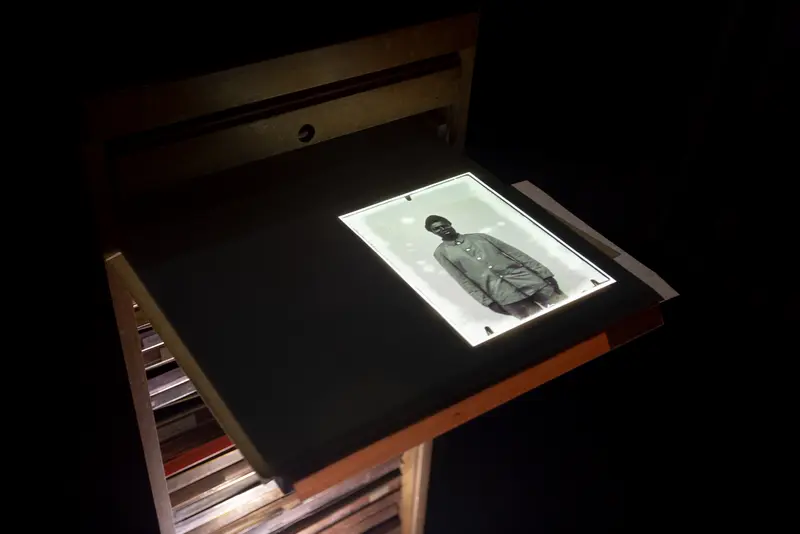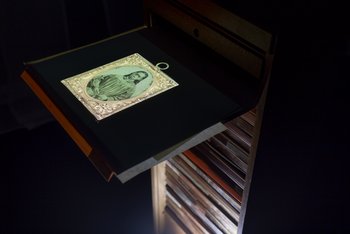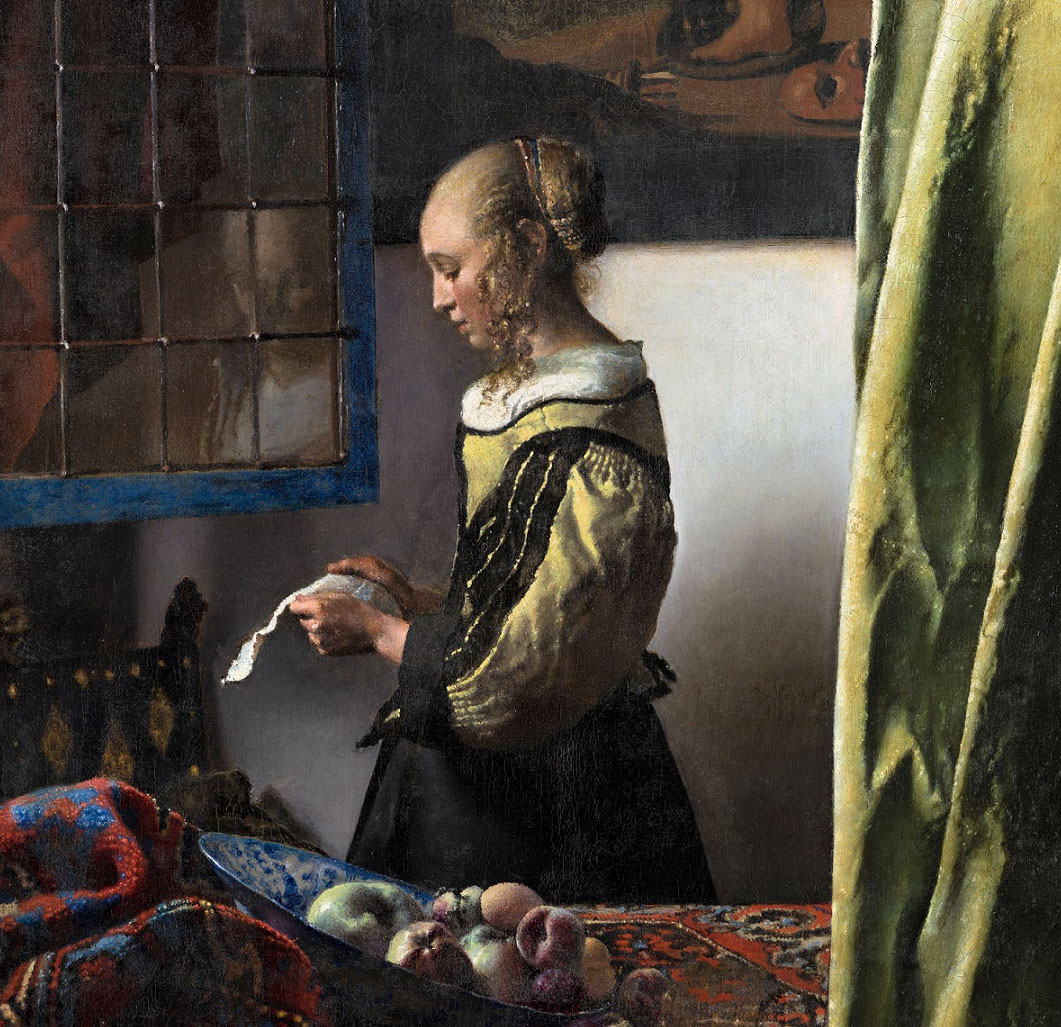[Translate to English:] 2
The identity of the people, their personal history and their names were thus lost. The aim was not only to research population groups, but often also to hierarchize them. Today thousands of anonymous objects and photographs are kept here in the museum and are separated from their former lives. Are we still able to let them speak? Who are the people who have been photographed, whose names we almost never know? What were they thinking of at the moment the photograph was taken? What can they tell us today? Who is speaking for whom?
This installation “Who are you?” focuses on the subject of ethnology – the human being – and undertakes a difficult attempt at biographical reconstruction. But is that really possible?


